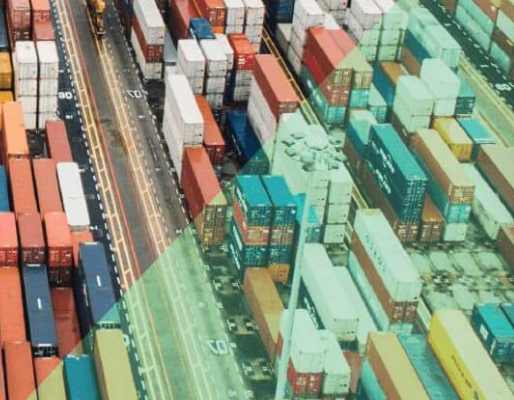Global container flows slump as warehouses are already stocked with goods
Move could lead to overstocked container depots, rising storage fees, says Container xChange.

With brands and retailers holding huge inventories of goods in storage, demand has been dropping for retail orders, shipping containers, and ship sailings, according to a “Market Forecaster” report from logistics technology provider Container xChange.
And as containers are no longer in hot demand, storage depots will face the brunt of a container surplus well into 2023 before demand eventually bounces back in the long-term, the German firm said. In the meantime, container owners will likely face hikes in container storage fee to disincentivize longer stays at the overpacked depots, Container xChange warns.
“There is just not enough depot space to accommodate all the containers,” Christian Roeloffs, cofounder and CEO of Container xChange, said in a release. “With the further release of container inventory into the market (e.g., from the disposal of leasing fleets), there will be added pressure on depots in the coming months. This will be a key challenge for some and a competitive advantage for others in the business, especially in China because of the empty container repositioning there.”
One of the factors aggravating those market conditions is the flattened curve of the 2022 peak season, since orders have been spread across an increasing number of shopping weeks. That novel, post-pandemic pattern has made retailers and companies more cautious in their stock management strategy as they adjust to the shorter cargo delivery cycle, Container xChange’s cofounder and CEO Johannes Schlingmeier said in a release.
“There is enough inventory with retailers,” Schlingmeier said. “Once these inventories exhaust in North America and Europe, companies will order again, and demand for shipping capacity will pop back up. This won't go back to max pandemic levels but certainly be back to the long-term average upward trend. What has happened now is that the cargo is "on time" again and hence you'll see a slowdown in new ordering as companies adjust to this more efficient turnaround times in ocean freight delivery.”
The Container xChange report was backed by other statistics from around the logistics sector, including the Port of Savannah, which said a shift in consumer spending and inflation pressures are expected to moderate the demand for port services in the coming months. That “correction in the market” knocked the facility’s September container volumes down a peg, falling 7.6% percent compared to the same month last year.
Likewise, the Port of Oakland said its total loaded container volume declined by 7.9% in September compared to September 2021, pointing to causes like increased import dwell time causing port congestion, continued U.S. West Coast supply chain bottlenecks, and a lack of capacity to meet demand at the region’s warehouses.
And more broadly, the National Retail Federation said last week that imports at the nation’s major container ports should continue to slow from records set earlier in the year, since retailers concerned about port congestion, port and rail labor negotiations, and other supply chain issues had already stocked up far in advance of the holidays.
Related Articles

Copyright ©2024. All Rights ReservedDesign, CMS, Hosting & Web Development :: ePublishing